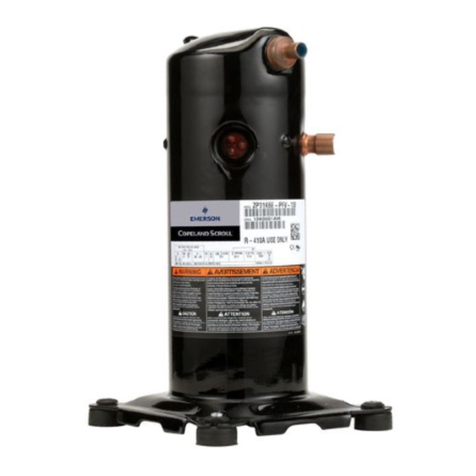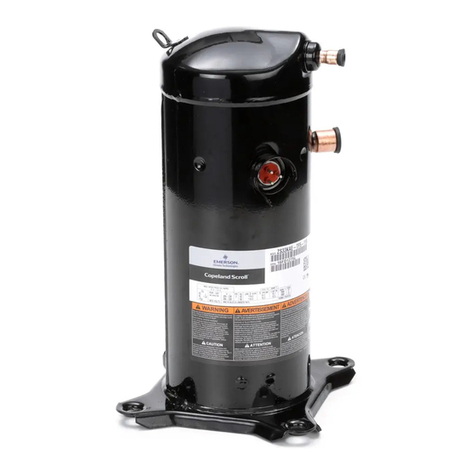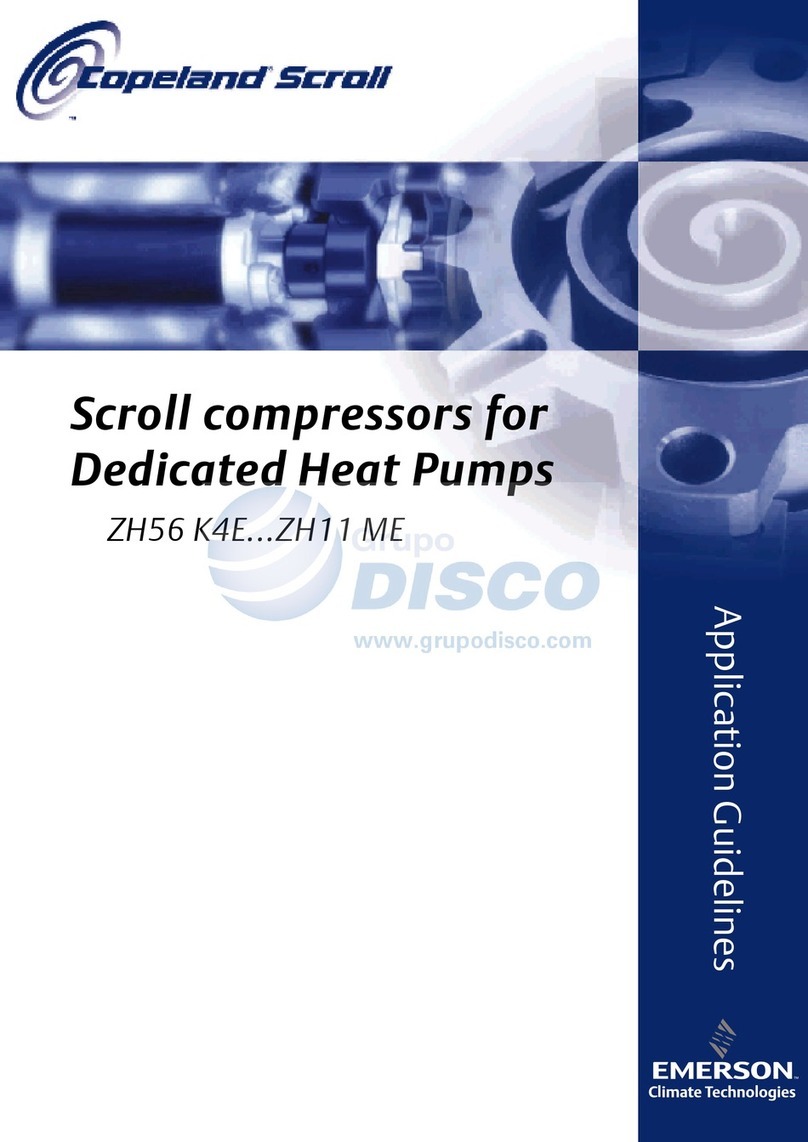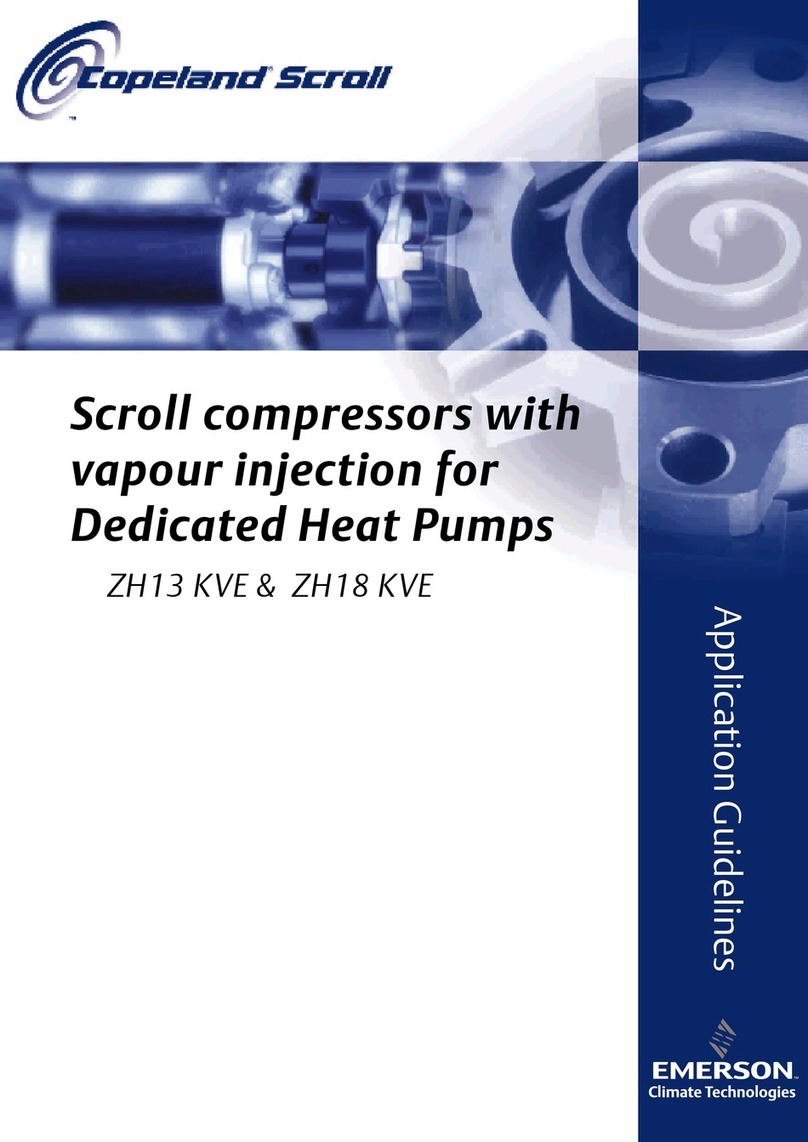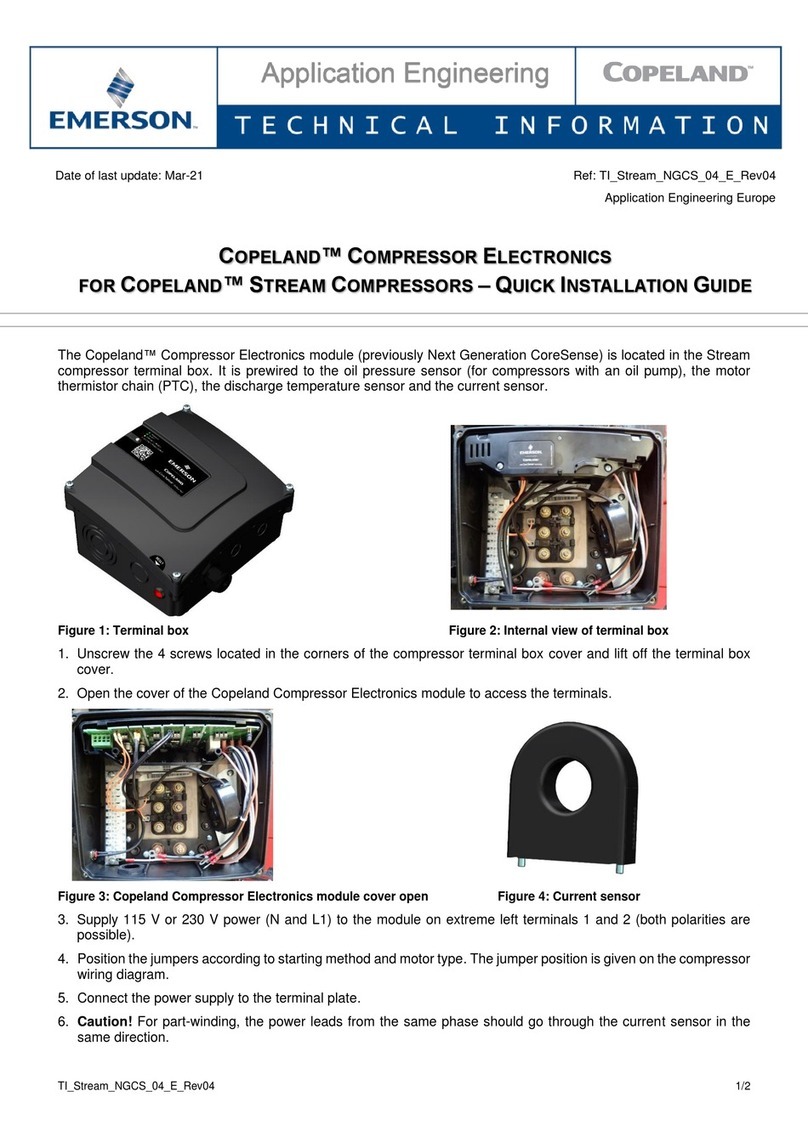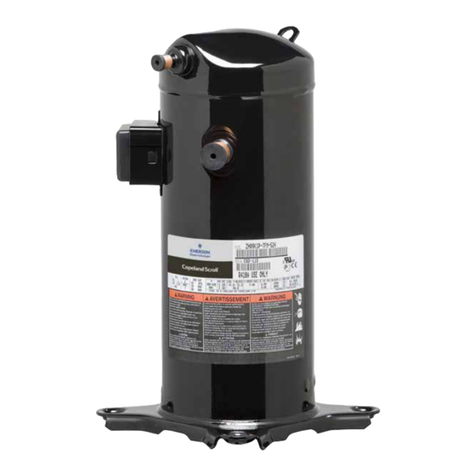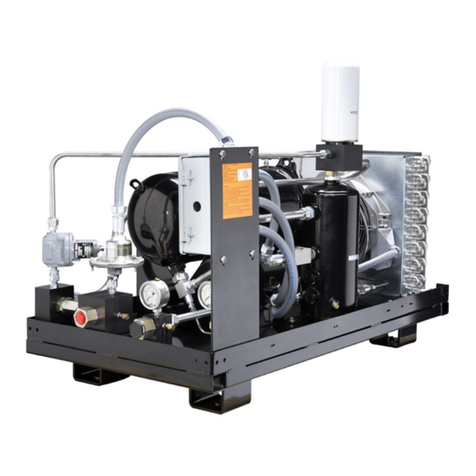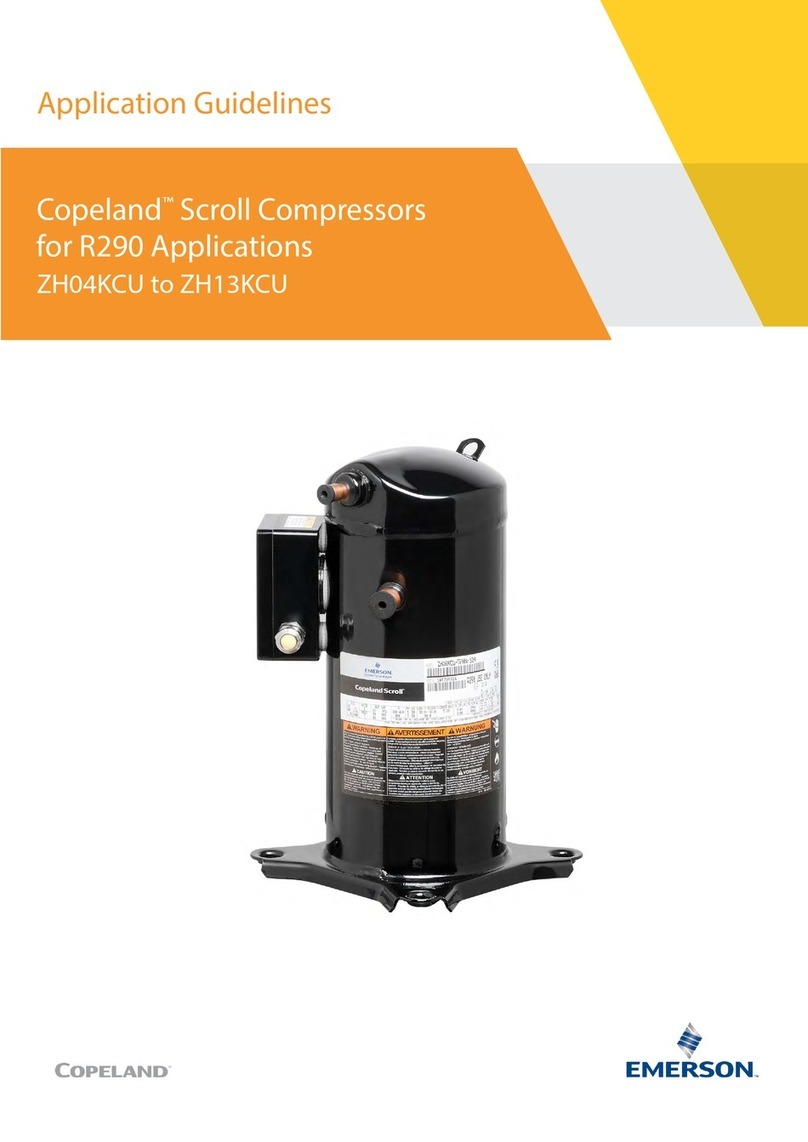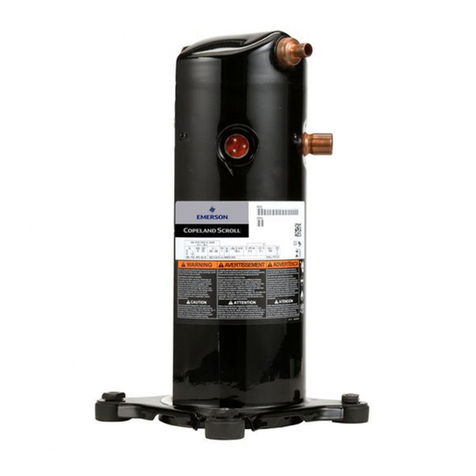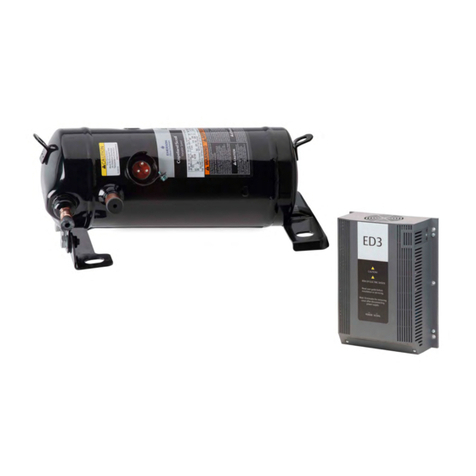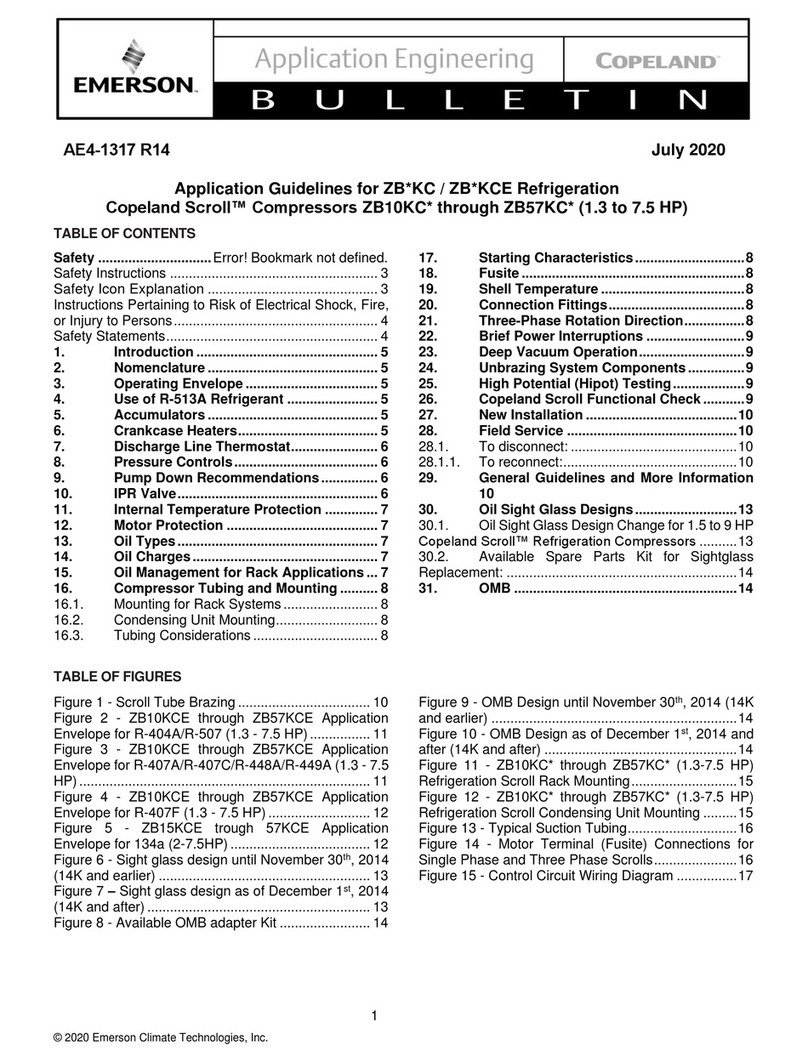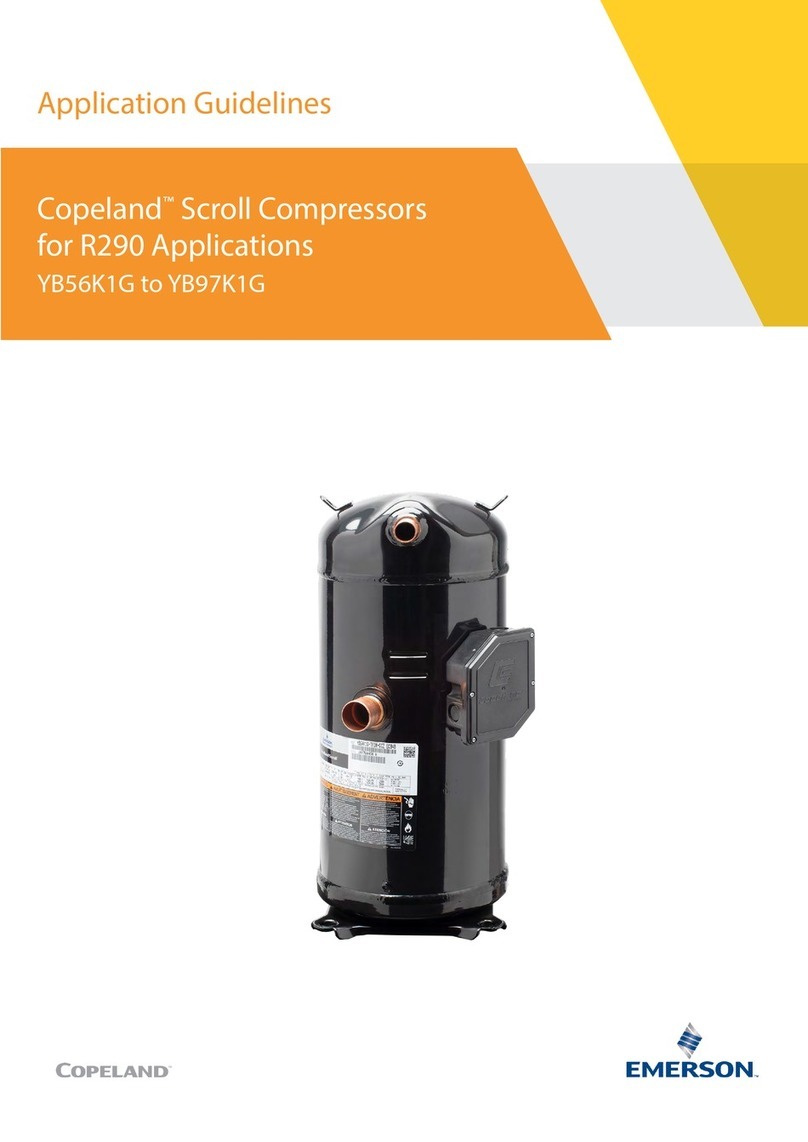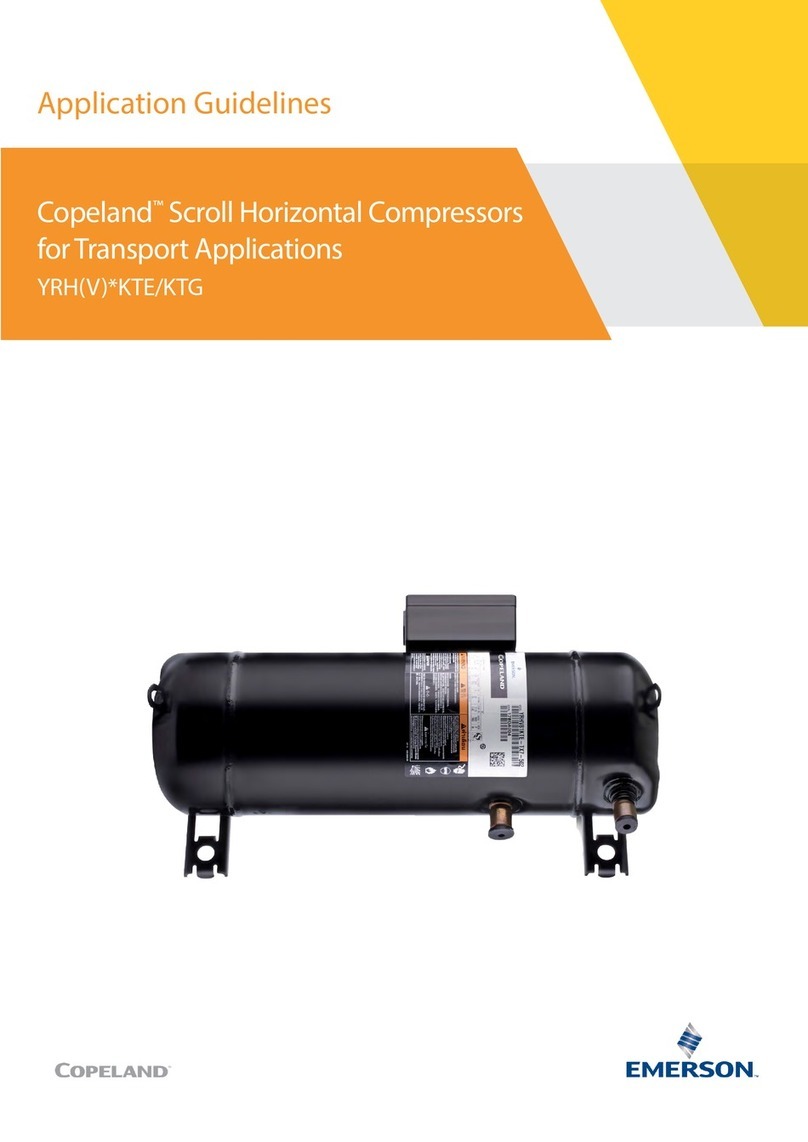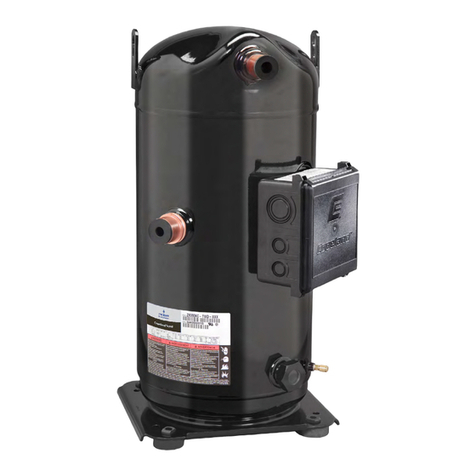
AGL_HA_ST_Discus_A2L_A1_EN_Rev00
3.4 Filter screens ................................................................................................................. 14
3.5 Insulation material.......................................................................................................... 14
4Electrical connection ..................................................................................... 15
4.1 General recommendations............................................................................................. 15
4.2 Electrical installation ...................................................................................................... 16
4.2.1 Part-winding motors (YY/Y) – Code A................................................................ 16
4.2.2 Star / Delta motors (Y/∆) – Code E .................................................................... 16
4.2.3 Terminal box jumpers positions ......................................................................... 17
4.3 Terminal box .................................................................................................................. 17
4.4 Electrical protection........................................................................................................ 17
4.5 Compressor protection................................................................................................... 18
4.6 Demand Cooling™......................................................................................................... 19
4.7 Oil differential pressure control ...................................................................................... 21
4.7.1 Electronic oil pressure switch OPS2 .................................................................. 21
4.7.2 Electro-mechanical oil pressure switch – Alco Controls FD-113ZU................... 21
4.8 Crankcase heaters......................................................................................................... 22
4.8.1 70-Watt and 100-Watt heater element ............................................................... 22
4.8.2 200-Watt heater element.................................................................................... 23
5Start-up & operation....................................................................................... 24
5.1 Compressor tightness test ............................................................................................. 24
5.2 System evacuation......................................................................................................... 24
5.3 Preliminary checks – Pre-starting .................................................................................. 24
5.4 Charging procedure ....................................................................................................... 25
5.5 Initial start-up ................................................................................................................. 25
5.6 Minimum run time .......................................................................................................... 26
5.7 Recommended inverter range ....................................................................................... 26
6Maintenance & repair ..................................................................................... 27
6.1 Qualification of workers.................................................................................................. 28
6.2 Preparation and work procedure ................................................................................... 28
6.3 Unbrazing system components ..................................................................................... 28
6.4 Disassembling system components .............................................................................. 28
6.5 Exchanging the refrigerant............................................................................................. 29
6.6 Replacing a compressor ................................................................................................ 29
6.6.1 Compressor replacement ................................................................................... 29
6.6.2 Compressor return procedure for A2L systems ................................................. 30
6.7 Lubrication and oil removal............................................................................................ 30
6.8 Oil additives ................................................................................................................... 31
7Troubleshooting............................................................................................. 32
7.1 Lubrication ..................................................................................................................... 32
7.2 Oil dilution ...................................................................................................................... 32





